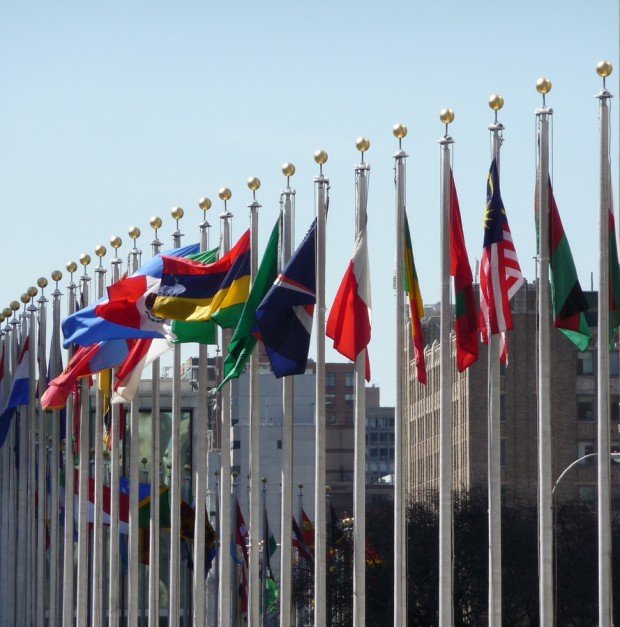RMS said it will give governments free access to its new catastrophe modeling software program through a new initiative with The World Bank and United Nations. A particular goal here is to increase the use of the technology in the developing world.
“RMS has long had the aspiration to expand the application of catastrophe risk modeling to the developing world,” RMS Chief Research Officer Robert Muir-Wood said in a statement. “This initiative will be influential in delivering this information where it’s most needed.”
Under the three-way partnership, governments will be able to tap certain catastrophe models from the company’s RMS(one) platform developed by both public and private sector groups (including insurers).
California-based RMS said the alliance, with the United Nations Office for Disaster Risk Reduction and The World Bank, is designed to give governments in both developed and developing countries access to catastrophe models so they can better understand the catastrophe risks involved and make better decisions about how to mitigate those issues and address them with adequate financing. In particular, the hope is to spur development of catastrophe models in emerging economies, RMS said.
RMS unveiled RMS(one) this year, but a full production rollout has been delayed until fall, in part to address some kinks. The system is being rolled out gradually in the interim to allow customers to integrate RMS(one) with their existing systems, upload historical data and train staff. RMS(one) is designed to handle multiple views of risk and help users produce catastrophe models with greater granularity and accuracy and quicker results. The system also enables open modeling, so customers can control, customize and shape their own models.
Specifically, the RMS/The World Bank/UN partnership makes The United Nations Office for Disaster Risk Reduction’s (UNISDR) new global, multiperil, probabilistic risk model available for free to all public and private sector RMS(one) users, for use in assessing natural hazard risks in each country globally. It’s not available yet but will be released in March 2015, RMS said.
Meanwhile, The World Bank is also backing a partnership between RMS and ERN (catastrophe-risk specialists) focused on implementing the Comprehensive Approach to Probabilistic Risk Assessment (CAPRA) framework on RMS(one). RMS said that ERN plans to launch this on RMS(one) for free as well.
CAPRA models will focus on earthquakes, tsunamis, hurricanes, floods, landslides and volcanoes. ERN is already an RMS partner. The company came up with CAPRA in a project backed by The World Bank-related funding.
UNISDR developed its multiperil risk model through a global collaboration with a number of academic and government groups, RMS noted in its announcement of the deal.





















 Triple-I: Insurance Economic Drivers Outperform Overall U.S. GDP
Triple-I: Insurance Economic Drivers Outperform Overall U.S. GDP  What Industry Executives Are Saying About Loss Reserves, Social Inflation
What Industry Executives Are Saying About Loss Reserves, Social Inflation  Time-Tested Loss Reserving Methods Challenged: AM Best
Time-Tested Loss Reserving Methods Challenged: AM Best  That Insurance Talent Crisis? It’s a Global Knowledge Opportunity
That Insurance Talent Crisis? It’s a Global Knowledge Opportunity 






